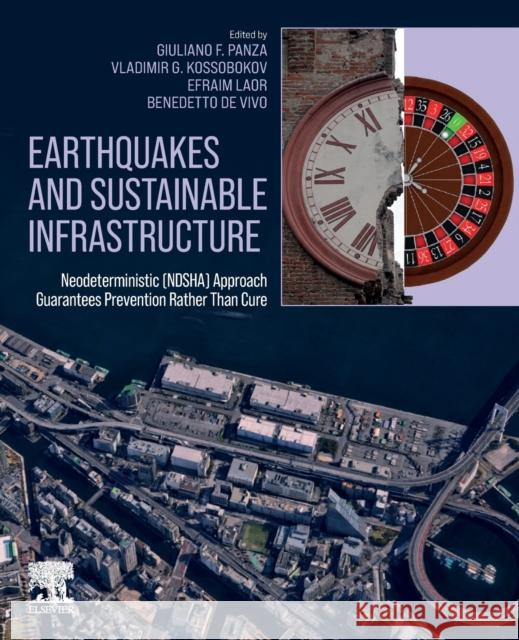Earthquakes and Sustainable Infrastructure: Neodeterministic (Ndsha) Approach Guarantees Prevention Rather Than Cure » książka
topmenu
Earthquakes and Sustainable Infrastructure: Neodeterministic (Ndsha) Approach Guarantees Prevention Rather Than Cure
ISBN-13: 9780128235034 / Angielski / Miękka / 2021 / 676 str.
Earthquakes and Sustainable Infrastructure: Neodeterministic (Ndsha) Approach Guarantees Prevention Rather Than Cure
ISBN-13: 9780128235034 / Angielski / Miękka / 2021 / 676 str.
cena 626,66
(netto: 596,82 VAT: 5%)
Najniższa cena z 30 dni: 622,80
(netto: 596,82 VAT: 5%)
Najniższa cena z 30 dni: 622,80
Termin realizacji zamówienia:
ok. 30 dni roboczych
Dostawa w 2026 r.
ok. 30 dni roboczych
Dostawa w 2026 r.
Darmowa dostawa!











